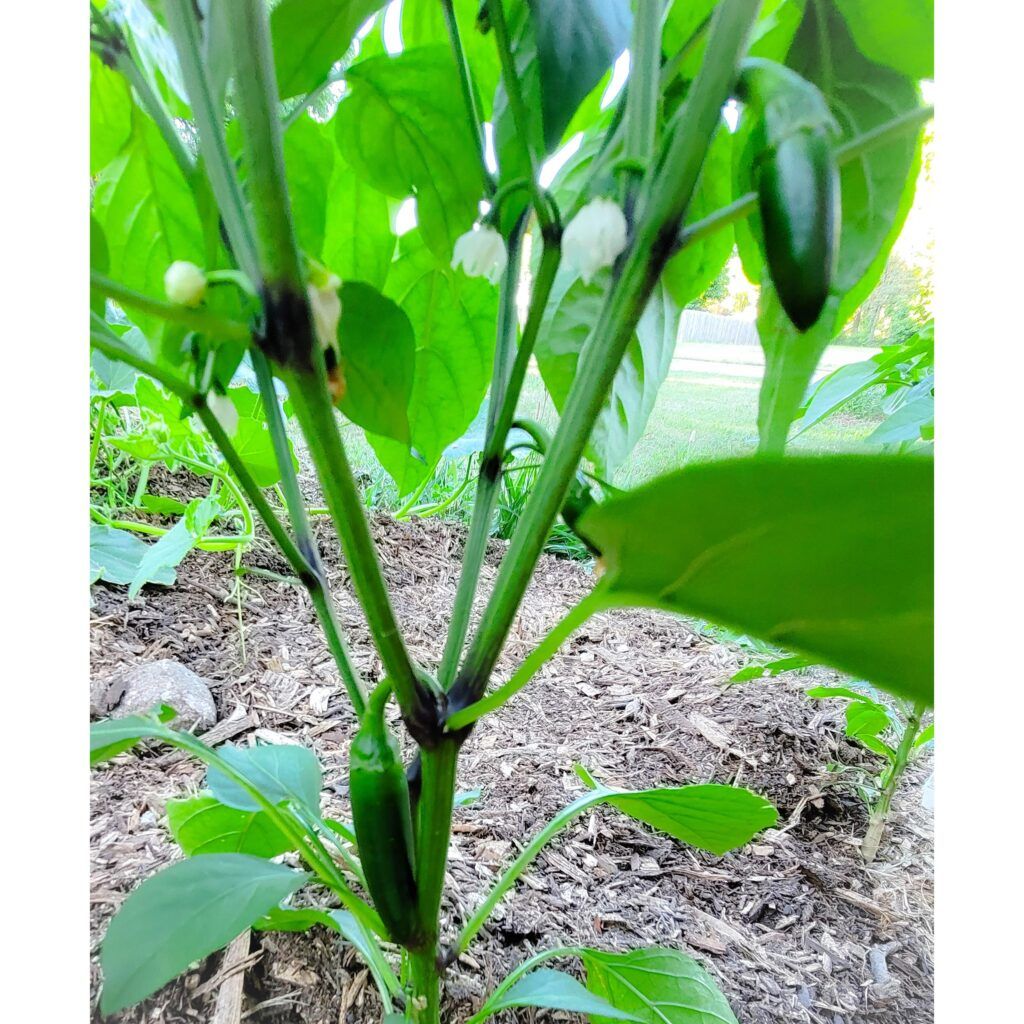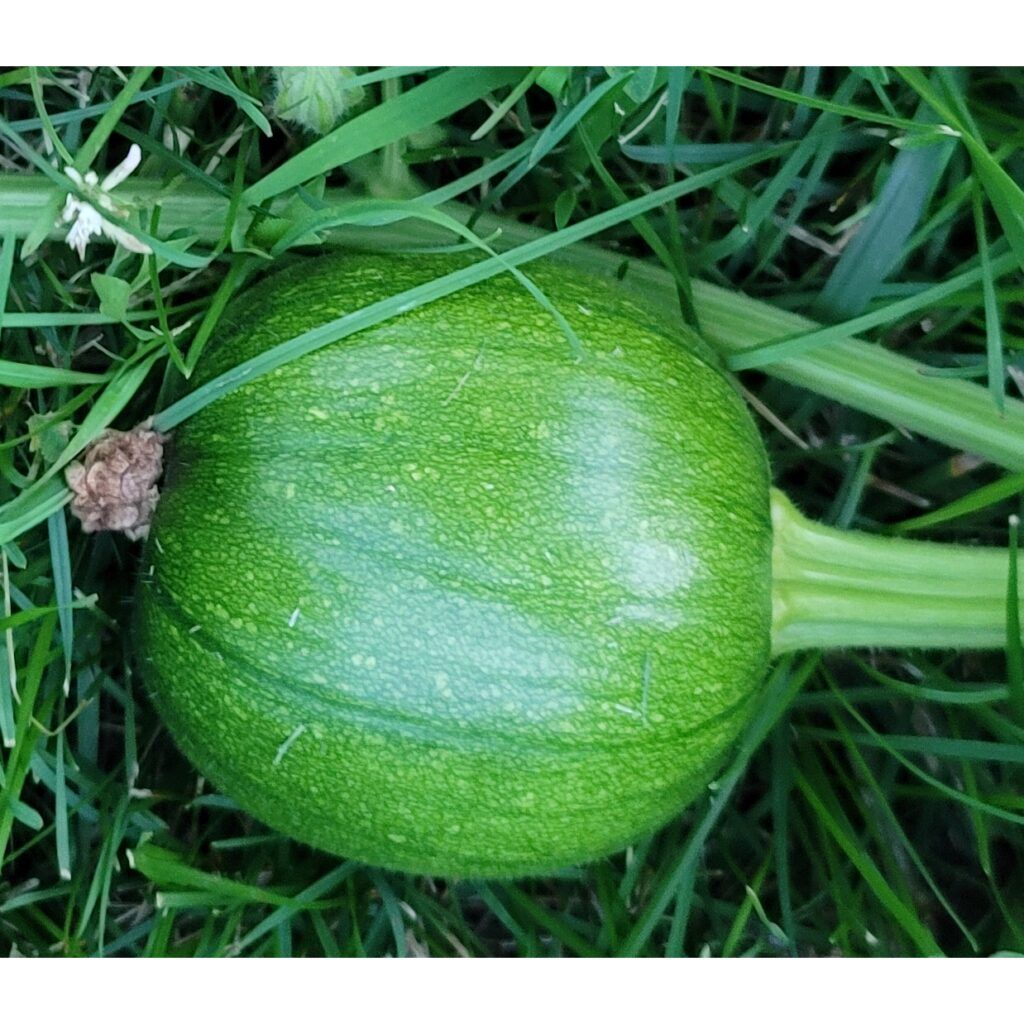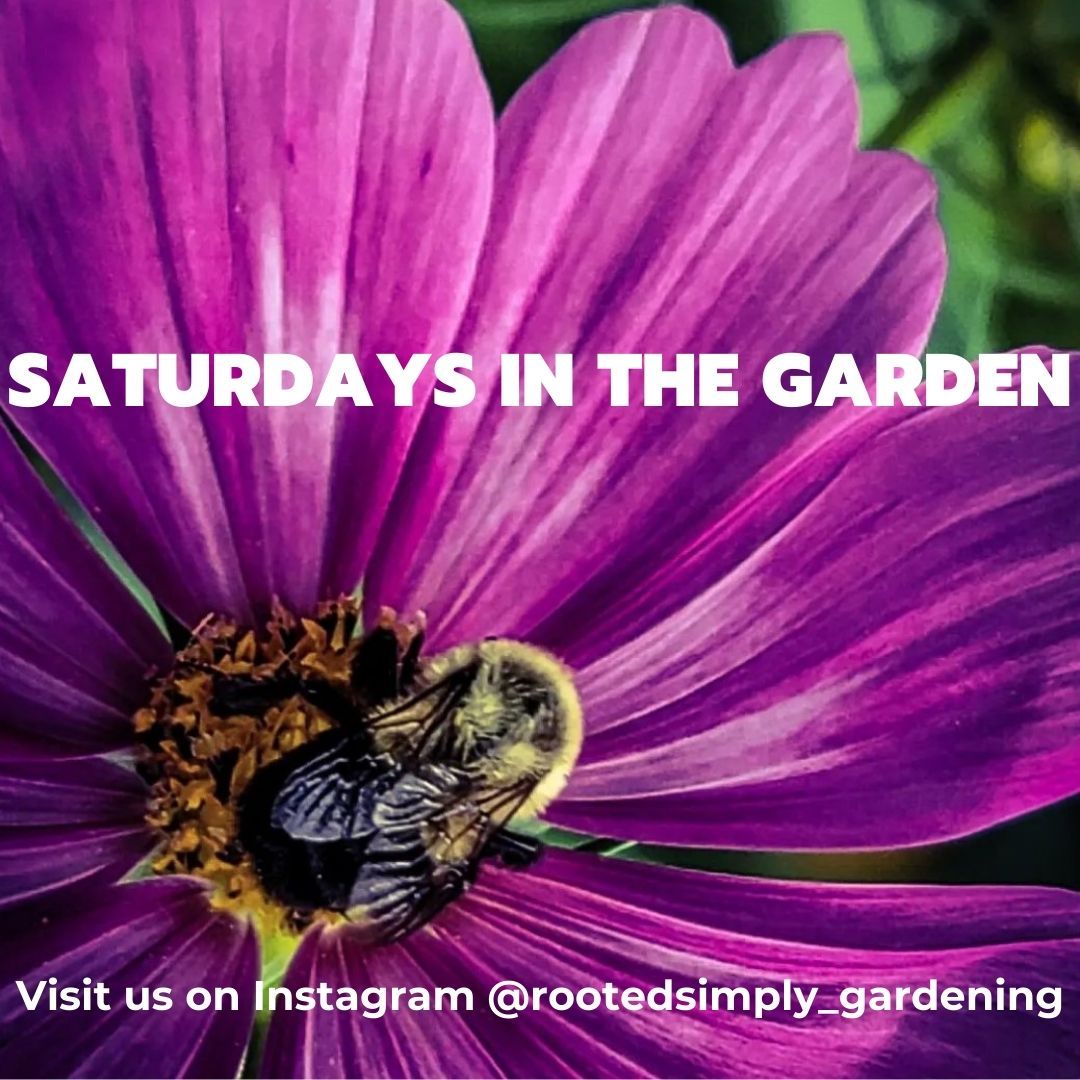
Embarking on the journey of planning a vegetable garden is not just about sowing seeds in the soil; it’s about cultivating a thriving ecosystem that yields fresh, flavorful produce. Whether you’re a seasoned gardener or a greenhorn enthusiast, careful planning is the key to a bountiful and successful harvest. In this guide, we’ll walk you through the essential steps for planning your vegetable garden, ensuring a fruitful and enjoyable gardening experience.
Step 1: Choose the Right Location
Selecting the right location for your vegetable garden is crucial for optimal plant growth. Look for an area that receives ample sunlight, ideally six to eight hours per day. Ensure good drainage to prevent waterlogging, and consider the proximity to a water source for convenient irrigation. Take into account factors such as soil quality, accessibility, and protection from strong winds.

Step 2: Assess Your Soil
Understanding your soil composition is vital for successful gardening. Conduct a soil test to determine its pH level and nutrient content. Most vegetables thrive in slightly acidic to neutral soil. If needed, amend the soil with organic matter like compost or well-rotted manure to improve its fertility. Regularly turning the soil also helps aerate it and promote healthy root development.
Step 3: Plan Your Layout
Carefully plan the layout of your vegetable garden to maximize space and sunlight. Consider companion planting to enhance crop health and repel pests naturally. Group plants with similar water and sunlight requirements together for efficient irrigation and maintenance. Allow for adequate spacing between plants to prevent overcrowding and promote good air circulation.

Step 4: Choose Your Vegetables Wisely
Selecting the right vegetables is essential for a successful garden. Consider your local climate, growing season, and available space when choosing crops. Opt for a mix of vegetables to diversify your harvest and promote a balanced ecosystem. Some popular choices for beginner gardens include tomatoes, peppers, lettuce, carrots, and herbs like basil and parsley.
Step 5: Create a Planting Schedule
Timing is crucial in gardening. Develop a planting schedule based on your local frost dates and the specific requirements of each vegetable. Some plants thrive in cooler spring or fall temperatures, while others prefer the warmth of summer. Starting seeds indoors and transplanting them later can give your garden a head start.
Step 6: Implement Watering and Mulching Strategies
Establish a consistent watering routine to keep your plants hydrated. Deep, infrequent watering is generally more effective than shallow, frequent watering. Mulching helps retain soil moisture, suppress weeds, and regulate soil temperature. Organic mulches like straw or shredded leaves also contribute to soil fertility as they decompose.
Planning your vegetable garden is a rewarding and fulfilling endeavor that requires careful consideration and attention to detail. By choosing the right location, assessing your soil, planning the layout, selecting appropriate vegetables, creating a planting schedule, and implementing effective watering and mulching strategies, you set the stage for a thriving and productive garden. As you embark on this green journey, remember that gardening is not just about growing vegetables; it’s about nurturing a connection with nature and savoring the fruits of your labor. Happy gardening!

